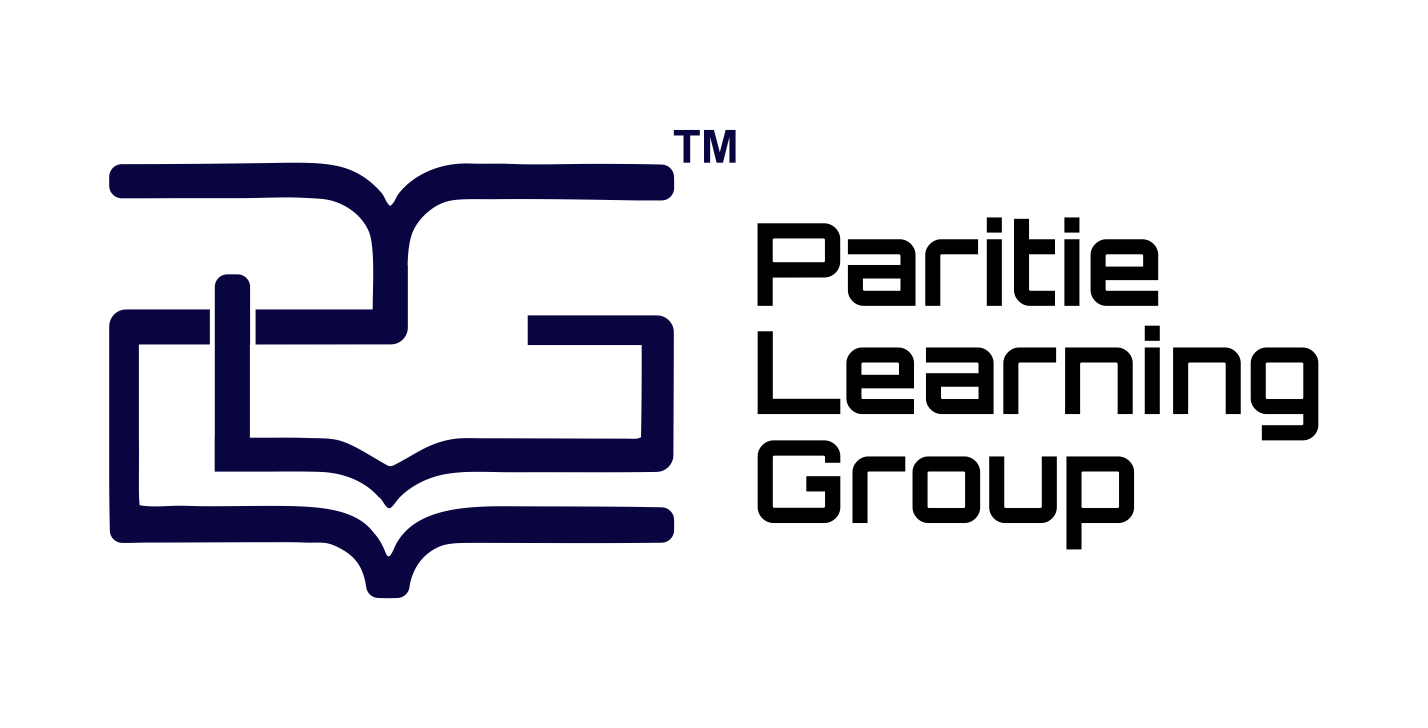About Course
In today’s data-driven world, Python has emerged as one of the most popular programming languages for data analysis, machine learning, and artificial intelligence. Whether you are a beginner or an experienced programmer looking to expand your skills, this course will equip you with the fundamental knowledge and practical techniques needed to leverage Python for data science tasks.
Course Content
Developer Enviromnent and Basics in Python Data Science
-
Jupyter Notebook
00:47 -
Introduction to Jupyter Notebook
00:00 -
Getting started with Jupyter Notebook
07:33
Variables, Datatypes and print formating
Understanding Data Structures in Data Science
Student Ratings & Reviews

No Review Yet
